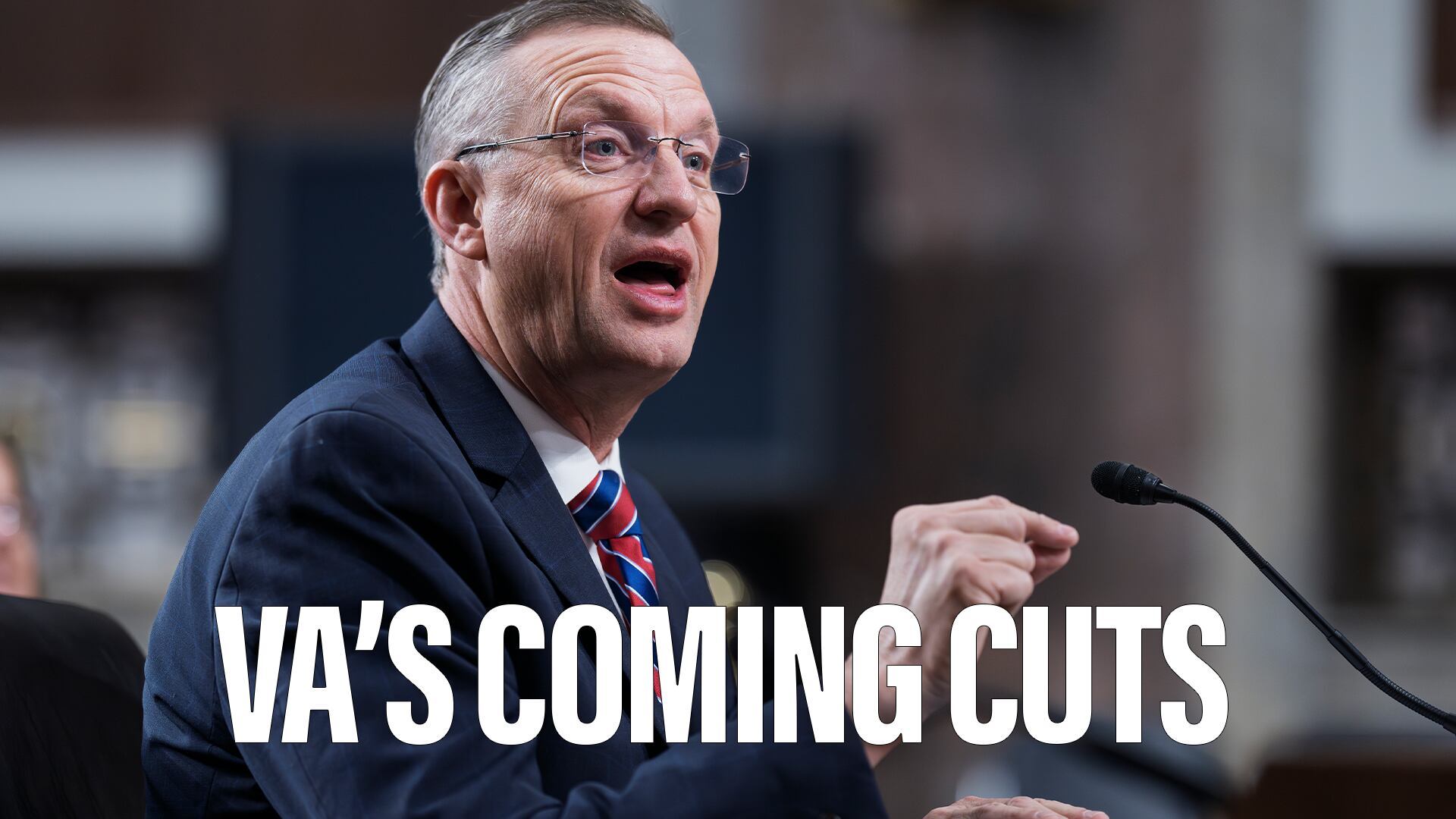HELSINKI — Sweden's Armed Forces Command (AFC) is pushing the newly elected socialist-green government to significantly bolster long-term spending on defense by adding between $380 million and $620 million to the spending plan, which is set at about $5.5 billion in 2015.
Sweden's Parliamentary Defense Committee (PDC), buoyed by a heightened sense of urgency over Russia's aggressive actions in Ukraine and the suspected violations of sovereignty by "foreign" underwater craft along the Swedish coast since late 2014, roundly supports increasing the defense budget. the need for a larger budget and much strengthened defense capability.
The AFC's position is that the lower $380 million increase level is the absolute bare minimum amount required to cover the Swedish Armed Force's (SAF) basic needs in the primary areas of core operations and material procurements in 2015-2020.
Moreover, defense chief Gen. Sverker Göransson has warned the government that if were the annual budget remains to remain static at around $5.5 billion, the armed forces could would not be able to afford to finance key or smaller scale programs, such as the next-generation Gripen fighter nor submarine modernization projects. Meanwhile, funds would be stretched to pay for meet the costs of standard procurement items such as equipment for soldiers, multi-branch military exercises or vehicles.
"The armed forces chief believes that a higher level of funding is needed to even cover the military's basic spending goals that have already been approved by government. The military has a right to complain. The future budget proposals being talked about by government would not even cover the spending objectives set out back in 2009," said Allan Widman (Liberal Party), the PDC's chairman.
Widman described one proposal being considered by Prime Minister Stefan Löfven's socialist-green government to increase defense spending by $3.3 billion over the next 10 years as "failing to recognize the legacy" of under-investment that has eroded Sweden's military capacity and territorial defense capability.
This proposed $3.3 billion hike, if adopted, would to raise the annual spending on defense by an average of $330 million to $5.86 billion a year over the next 10 years.
"The great difficulty is that neither the government nor Parliament has a clear idea of what our defense will actually cost in the future when all the different and essential military components, including big procurement programs, are included," Widman said. "Each of these components must be carefully costed. This is a fundamental requirement given that the government is set to devise a new long-term defense planning and spending strategy this spring."
Gen. Göransson raised the serious lack of bite and spending power in the socialist-green's defense budget proposals when he addressed the annual SocietyaAnd Defense conference in Sälen on Jan.uary 11.
"No matter how I twist and turn the numbers I have, the maths simply do not add up. This year will be one where important defense policy choices will need to be made," he said. "A new defense plan should strive to move us forward. Even under normal circumstances, this would be a complicated process."
Göransson underlined the urgent need to provide the armed forces SAF with the "resources to do its job now," particularly in light of the changed security landscape in the High North and the Baltic Sea areas in the wake of Russia's actions in Russia and the Kremlin's flexing of its military muscle in the region.
"The deterioration in the external situation dictates that we have increased capacity in the near future," he said. "We cannot wait until 2020 when the majority of the planned defense strengthening projects are due to come in. We need to have a working base. In the instance of Ukraine, we must apply the type of hybrid warfare that Russia is waging there into our own defense planning."
Göransson questioned the advisability of proceeding with plans to acquire Gripen-E aircraft or procuring new submarines while the military struggles at a time when the SAF is struggling to fund increased find enough funding to increase specialist and combat troop manpower levels while ensuring it retains a basic operating capacity in its core Naval, Army and Air Force branches.
Swedishen's Finance Minister Magdalena Andersson informed Parliament the Riksdag (national parliament) on Jan. 15 that a full cost review of all future defense programs would factor into feature in the long-term defense planning and spending talks.
These talks are scheduled to begin commence in February between the socialist-green coalition and the four center-right opposition parties.
Andersson cautioned against over-optimism in the government's ability to meet the AFC's long-term defense spending goals against what she called "a very difficult economic climate,"
"Our latest analysis shows that there is even less money in the national purse than we had thought. We will need to thread carefully on budgeting," said Andersson said.
The cross-party talks are expected to lead to a new agreement on future military spending that will apply to all defense budgets between 2016 and 2020, said Defense Minister Peter Hultqvist.
"The government expects to complete the new defense spending and strategy bill before the end of April," he said Hultqvist.
Refusing to invest in defense strengthening is not an option for Sweden at this point, said Widman said. Apart from new combat aircraft and submarines, the military SAF will need to strengthen build a much stronger and effective capability in the area of surveillance, intelligence gathering and anti-submarine warfare, he said.
"The military will need greater funding to strengthen our coastal defenses and improve our overall readiness and capability in the Baltic Sea," he said. "As regards dealing with intrusions by foreign underwater vessels, the [armed forces] SAF should be resourced to acquire specialized anti-submarine helicopters and sonar sensors."
Email: godwyer@defensenews.com








